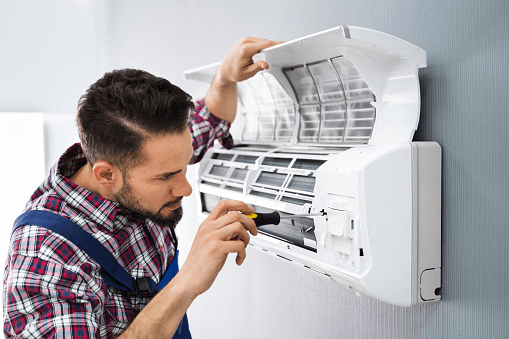Know the genuine reasons to consider purchasing health insurance for self & family
The truth is that many still avoid buying health insurance. They think that it is just a sheer waste of money. But what they are not aware of is that this insurance when adequately taken can prove to be a health shield during medical emergencies that might arise at any time. Hence, buying a policy should be part of your annual financial planning. This is something that you should not avoid or forget. With the help of Care Plus Health Insurance, you can expect your medical emergencies to be covered. You need to discuss with the qualified advisor to know what type of coverage and amount you seek. You may also include your family members in the list.
Overcoming increasing healthcare costs
The truth is that healthcare costs all over the world have increased manifolds. Still, India is considered to be among those countries to offer the general public the cheapest and most quality healthcare services. But still, the rise in price has left the majority in the lurch since their low monthly income and growing family needs do not leave them with any extra money. Without having a valid health policy, you will only suffer from want of money during medical emergencies. You are to pay hospitalization charges, doctor fees, medicines, oxygen, diagnostic tests, etc. The list simply seems to be endless and the bills tend to flow in thousands and even lakhs. An ordinary person will have to resort to taking loans from others, money lenders, or banks. But then, what if you don’t get the desired money on time? In medical emergencies, time is vital. You are to save yourself and your beloved one. What if you are the breadwinner of the family and others entirely depend upon you for everything? This particular situation will become all the more miserable if you are hospitalized and do not have a valid health policy. This is where a health policy proves to be a real savior.
There were already diseases like cancer, dengue, malaria, and general accidents that were increasing at a steady pace. But now, Covid-19 has come as a shocker that has affected millions and even caused death. You and your family need to stay protected from all major diseases. The only way to do this is to avail a good and comprehensive health insurance policy from a well-established provider.
Financial backup
The truth is that health insurance is no more a luxury, but a reality. You cannot bypass it. it offers you and your family the desired financial backup, especially during a medical crisis. With a valid policy on your hand, you can feel safer and can derive better quality medical services and doctors at the best hospitals across the country. Uncertainties and health risks are considered to be part of life. It is not possible to time your sickness. But then, you may always be better prepared to face such issues without much hardship or worry. Now, the best quality medical services can be availed immediately anywhere in the country without having to wait for financial arrangements. Whatever be the medical issue you or your family faces, your policy will cover it, provided the issue is under coverage.
What is the purpose and types of health insurance?
Health insurance is considered to be that insurance coverage type that covers medical expenses that the insured has to face during emergencies or routine visits. The policy reimburses for expenses that are incurred from injury or illness or pays directly to the care provider. Doing some research will help you to come across a variety of health insurance plans like family health insurance, individual health insurance, critical illness insurance, and others. You need to first determine your specific requirements and the budget that you can spend as this will determine the type of coverage and premium amount you will derive in your policy. You can ask your friends and family for advice on the best health insurance. Furthermore, dentist near me Germantown advises that you also ask your doctor as they may be able to provide great options.
Financial support & Income Tax benefits
Family medical needs can be taken care of with a comprehensive health insurance policy. Some of the reasons You also get tax deductions on paying insurance premiums under 80D of the Indian IT Act. Deduction of a certain amount can be availed by individuals until age 60 years for premiums that are paid for self-coverage or for spouse and children. The additional deduction is also possible if wealth insurance is purchased for parents of age 60+ years. The deduction is offered concerning payments on health insurance policy annual premium. It also includes senior citizens’ preventative health check-ups or medical expenses for every senior citizen. A knowledgeable advisor can provide more details on how you can save tax money with a health insurance policy.
Whatever be the reason, you do need a good and comprehensive Care Insurance policy that will safeguard you financially from medical-related expenses. Also, you can be assured that your family members can derive the very best medical treatment at the best hospitals in the country.
















